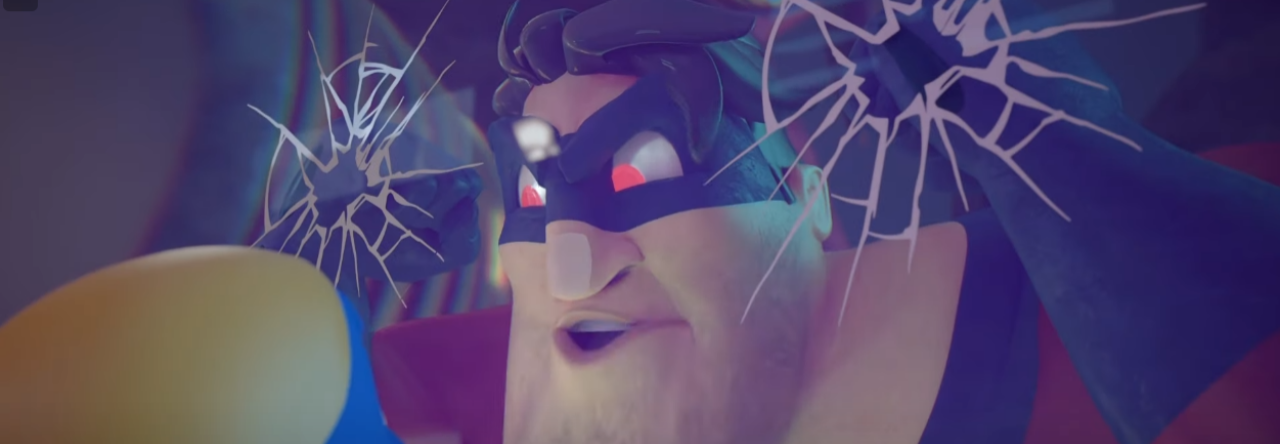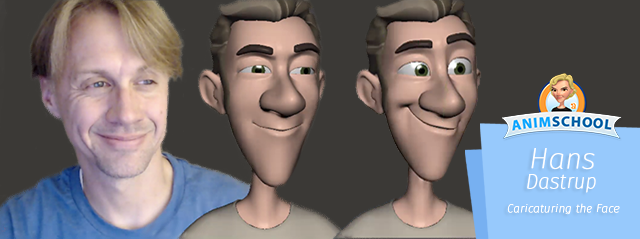There are so many animation principles to keep track of when creating poses – line of action, silhouette, appeal, and contrast, to name a few. The first pose you create is almost never your best, so here are some techniques that many professional animators use to take their poses to the next level. You can use these along with others as a great way to help train your eye to both see and create better poses.
- Purpose: What’s the drive and intention of the character? What emotions does your character have? What are they trying to express? Where is their focus and their energy?
- Line of Action: Push your main line of action to reflect the story behind the character at that frame, whether opening them up to one side or the other, or hunching away. Follow the line through the body, and see if you can extend the line of action through the limbs and other extremities.
- Silhouette: Make sure you have a clear pose even in silhouette. Can you get rid of or make use of negative space?
- Appeal: Is your character’s personality showing in the pose? Is the pose engaging and interesting to look at?
- Contrast: Make use of different shapes and angles to add interest to your poses. Think of what your character is doing before and after that pose – can you exaggerate certain parts of the body to accent a motion, or play with squash and stretch to contrast a previous or upcoming movement?
- Iteration: Keep pushing your poses until you end up with something a little more appealing. Don’t worry if you don’t see much change or improvement right away, or if you’re concerned about pushing things too far. It’s an iterative process, and as instructor Thom Roberts mentions in the demo clip below, you can’t judge your progress or determine whether you’ve gone too far until you can compare with what you had before. Make sure to occasionally flip between your old pose and new poses to compare and make decisions about what parts look better.








